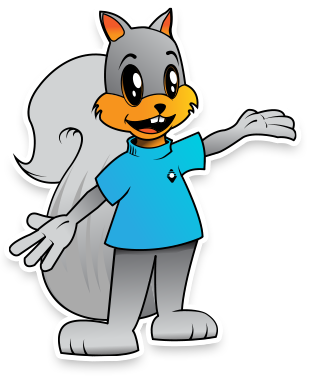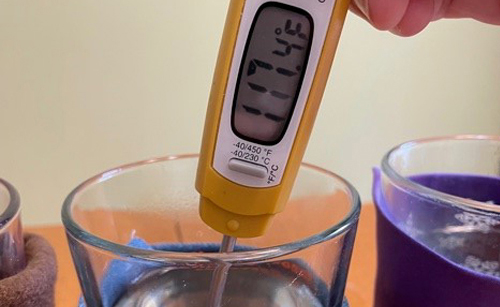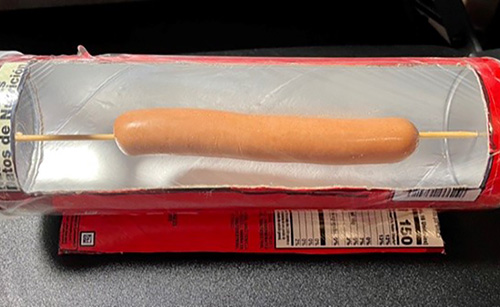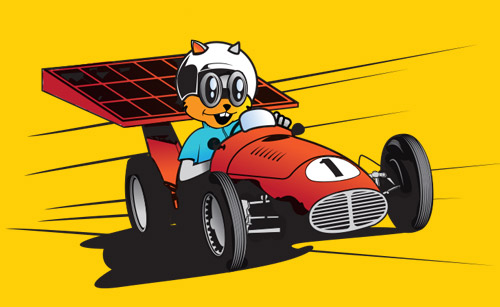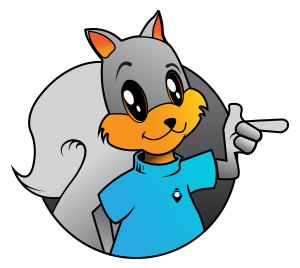Instructions
Ready to get started with this activity? To keep track of your progress, check off the instructions for each step below as they are completed. Make sure to check the box of the last step when you’re done to receive congratulations for your completed activity!
Consider this:
Clark Public Utilities has started adding pollinator gardens to our properties. A pollinator is an animal that helps plants make fruit or seeds. Animals like bees, hummingbirds, and butterflies make great pollinators because they get their food from the flower of the plant. When they go in to get their food they brush up against parts of the flower and the pollen sticks to their body. When they move to the next flower for a snack, the pollen on their body transfer to the new flower. Pollen is a fine powder produced by certain types of plants. In the spring, summer, and fall you may be able to see this yellow dust blowing in the wind or settling on top of cars.
We can pretend to be a pollinator too!
- (1) Popsicle stick, stick, or pencil – for the bee body
- Scissors
- Markers, crayons, or colored pencils
- (2) Paper plates
- Cheesy poofs or cheese powder from mac and cheese
- (2) Black pipe cleaners
- Glue
- Optional decorations: Pompoms, buttons, felt, paper, recycled materials, googly eyes

- Wrap the stick with the black pipe cleaner, wrapping around to secure it in place.
- Add drop of glue to hold in place. This is one set of “legs” for the bee.
- Repeat the steps for the second set of legs.
- Repeat the steps for the third set of legs.
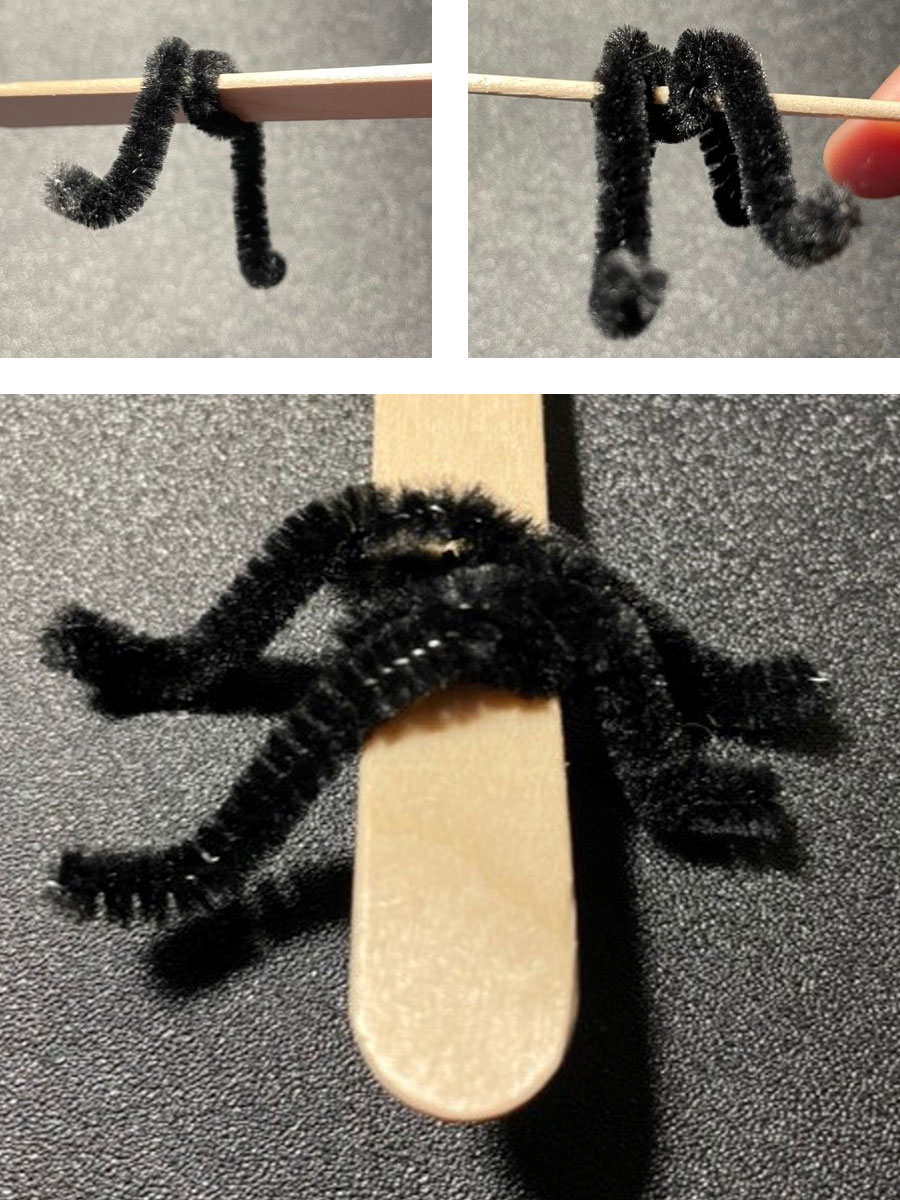
- Wrap a pipe cleaner in the opposite direction of the legs to make antennae.

- Add any extras you have. Get creative!
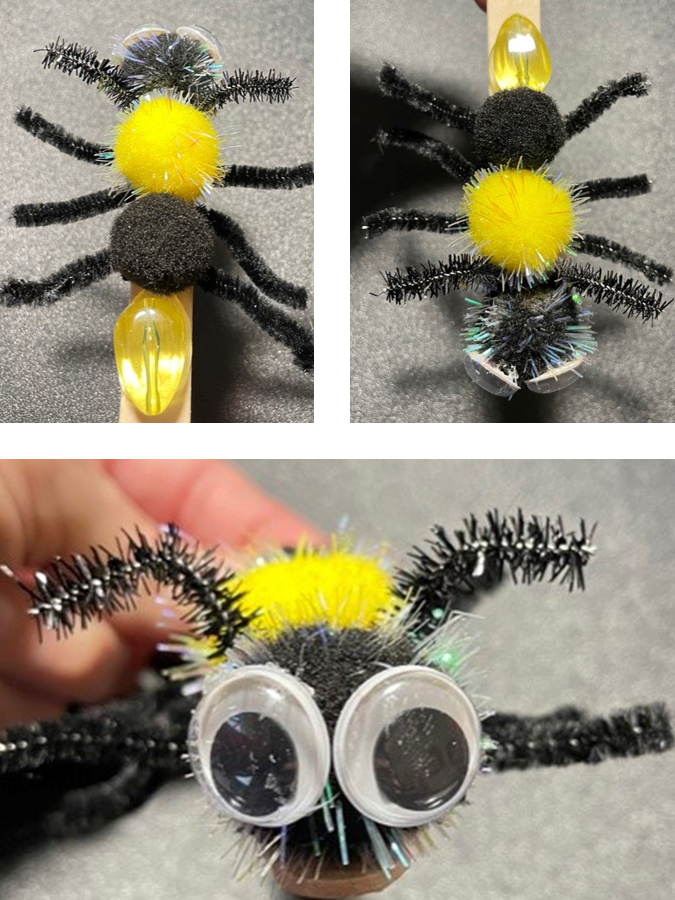
- Draw and color a large flower on each paper plate.
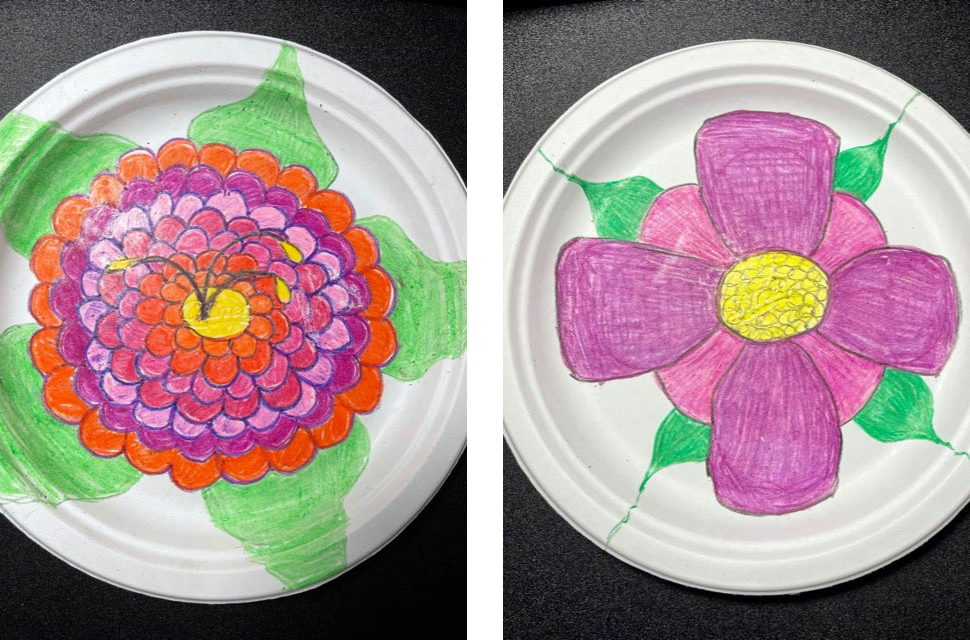
- Add cheese poofs to a zip lock bag.
- Crush the snacks with a rolling pin or a hammer to make a powder.
- Or use cheese powder from mac and cheese mix.
- Pour cheese powder onto one flower plate.
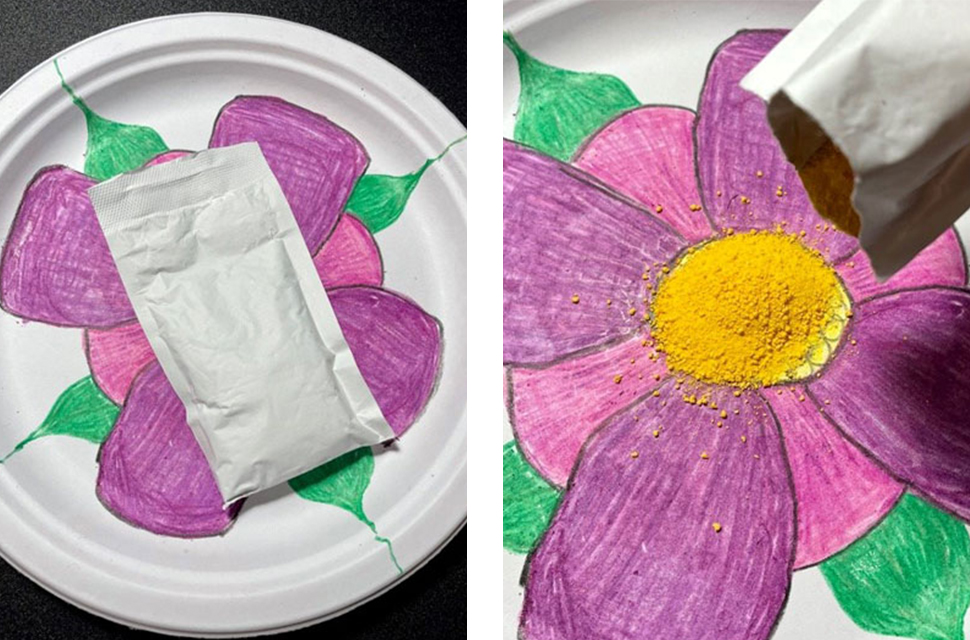
- Buzz around the room.
- Land on the “pollen” covered flower.
- Gently walk the be around the flower, getting pollen on the legs.
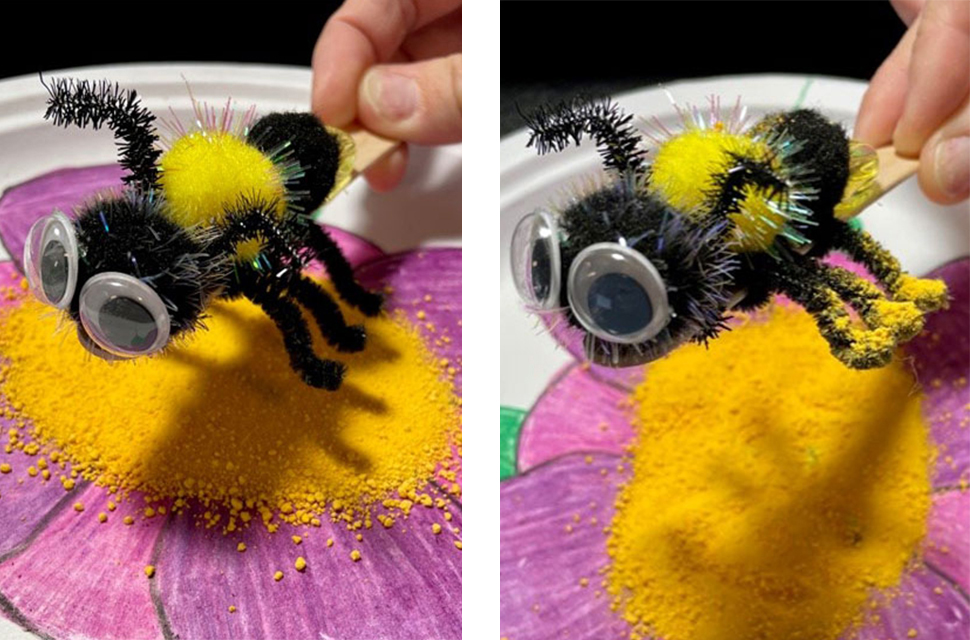
- Buzz over to the empty flower plate.
- Tap the bee on the flower shaking off some of the pollen.
- You’ve cross-pollinated the flowers!
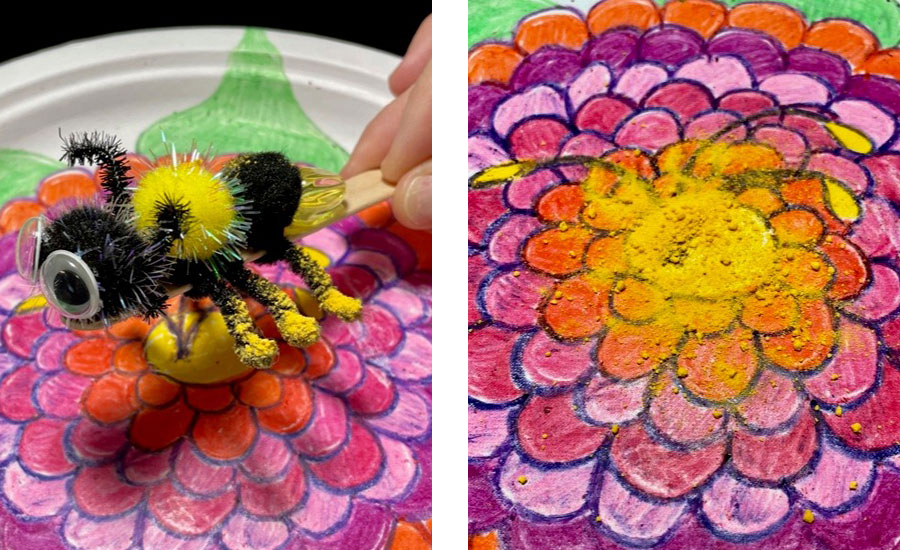
- A German botanist named Rudolf Jakob Camerarius discovered the process of transferring pollen grains between plants.
- About 1/3 of all foods and beverages are delivered, thanks to pollinators.
- Between 200,000 – 300,000 invertebrate species are estimated to serve globally as pollinators, and about 2,000 vertebrate species which include birds, mammals and reptiles.


